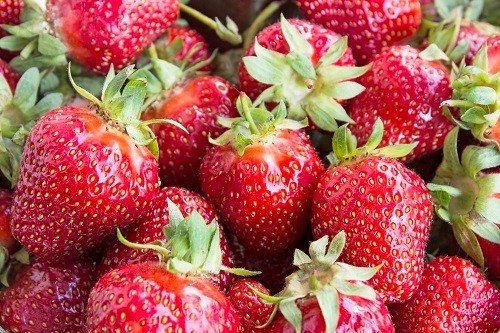The Sugar Lover’s Guide to Preventing Tooth Decay
According to JAMA Internal Medicine, roughly one tenth of individuals get 25 percent of their calories from sugar, which can present quite the challenge when trying to prevent tooth decay. Often included in an unexpected variety of foods, sugar aggravates the symptoms of tooth decay, including bad breath, sensitivity, tooth discoloration, and gum recession. Luckily, there are plenty of ways for people to cut back on sugar or even let it go entirely. For those interested, here is what people should understand about the sugar in the food they eat and several ways to limit intake.
Foods That Cause Tooth Decay
An important aspect of improving oral health is discerning what is in your food and how the ingredients can harm teeth. For instance, sugar causes plaque to progress, which then combines with carbs and causes acid to build up, breaking down teeth enamel and causing cavities. Perhaps surprisingly, granola bars, ketchup, baked beans, spaghetti sauce, and salad dressing all contain higher levels of sugar. Even carrots, corn, and beets consist of natural sugars. However, their fibers and minerals still make them healthier options, so remember to portion half a cup of raw vegetables as a suitable serving size.
Start Watching for Added Sugar on Food Labels
Identifying added sugar in the food we eat is one of the easiest ways to start curbing it. Sugar goes by many names, including sucrose, glucose, fructose, maltose, saccharin, lactose, dextrose, and xylos just to name a few. Refined sugars, found in sweetened cereals and candy, are the most damaging, but any type, especially if overused, can lead to plaque development and thereby cause teeth to decay. So, start taking your time reading food labels to cut down on any foods containing these ingredients in order to help prevent symptoms of tooth decay. Individuals can also start substituting high-sugar foods with more homemade, sugar-free treats as well as using unsweetened creamers for coffee or tea.
Select Fruits Naturally Low in Sugar
Per the U.S. Department of Agriculture, unsweetened, raw raspberries, cranberries, and blackberries are fruits with the lowest natural sugar counts while cherries, mangoes, and tangerines contain the highest. To get the best results for preventing tooth decay, learn about more fruits with the lowest amounts of natural sugar in them to provide some healthier options.
Eat Regular Small Meals
Small meals, rather than one or two large ones, throughout your day can preserve energy levels, especially those meals that are rich with complex carbohydrates. Such meals can maintain natural sugar levels and make you less tempted to seek sugary treats. For optimal energy, you should fill half of a plate with vegetables and fruits, which are great sources of complex carbs.
Have Start and End Dates in Mind
Even if it’s only for a set period, make a commitment with
yourself or even friends and family to cut down on sugar intake. If you're a
regular sugar consumer, it may be between four and seven days before the sugar
cravings subside. Long amounts of time with no sugar will increase taste bud
sensitivity, meaning you’ll be less inclined to want sugar. Taking holidays and
other celebrations into account, select a start date where you will be less
tempted to consume sugary desserts as well as a suitable end date if desired.
If you love to eat sugary foods, you can definitely benefit from a visit to the dentist. Our New Hampshire discount dental plans for individuals
, families, and business owners can save you as much as 20 percent off your dental bills! For more information, click here.
Copyright: dolgachov
/ 123RF Stock Photo











